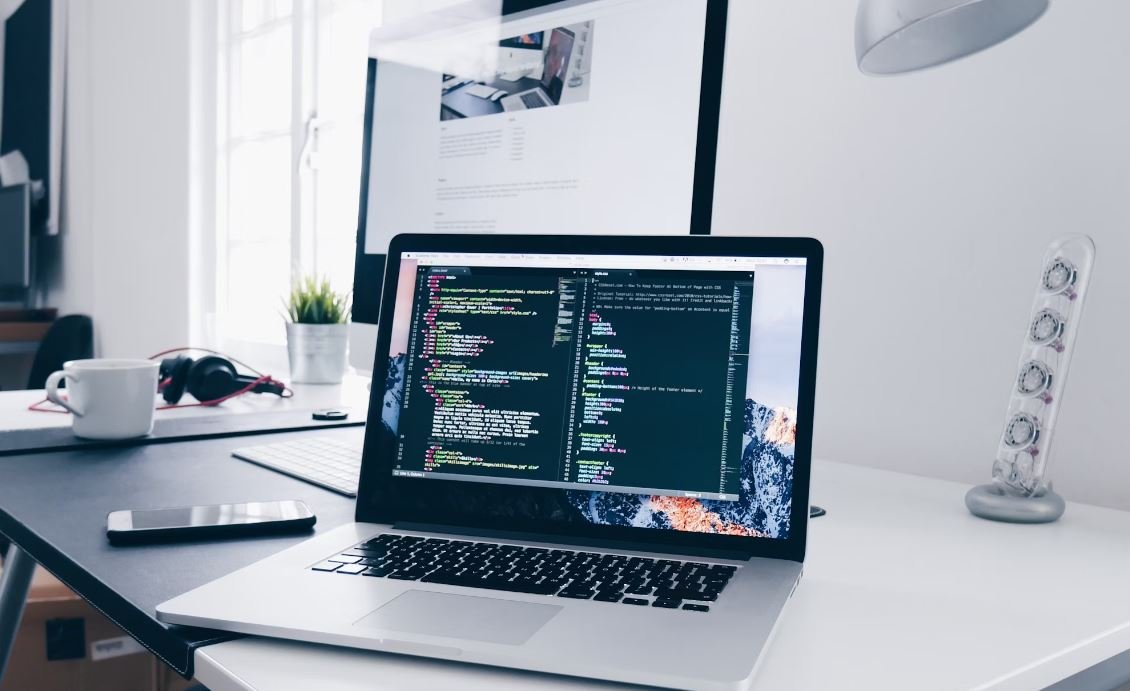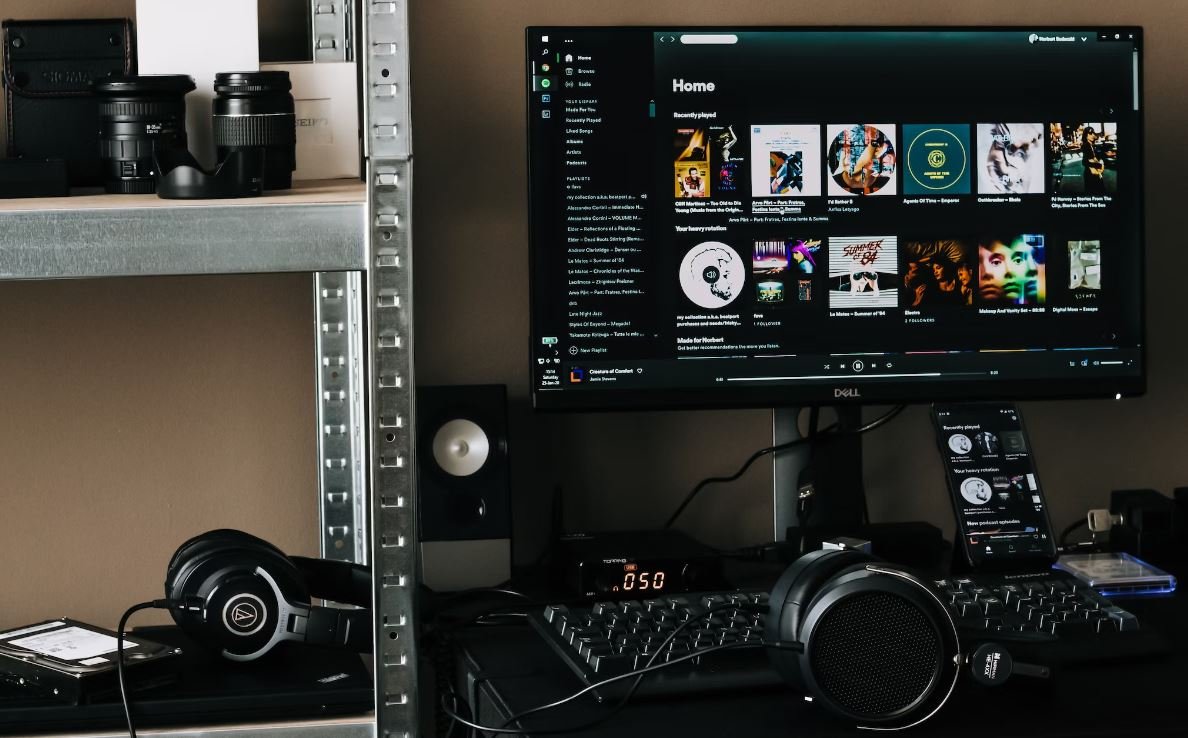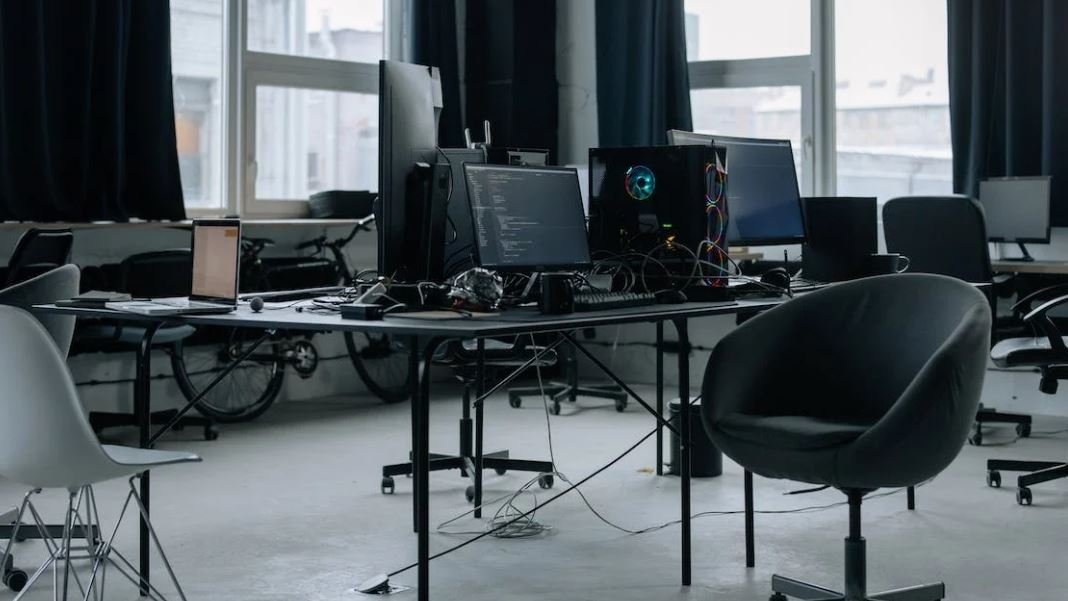Generative Art Online Tool
The world of generative art is expanding with the help of online tools that allow individuals to create unique and mesmerizing artworks. These digital tools utilize algorithms and randomization to generate infinite variations of art pieces, pushing the boundaries of creativity and imagination.
Key Takeaways:
- Generative art online tools enable users to create unique artworks using algorithms and randomization.
- These tools provide infinite variations, allowing for endless exploration and experimentation.
- Generative art stimulates creativity and supports artistic expression in the digital age.
*Generative art* is created through a combination of code and design, allowing the computer to contribute to the creative process and produce artwork that is both unique and unpredictable.
The Power of Generative Art
Generative art tools have gained popularity in recent years due to their ability to stimulate creativity and provide a platform for artistic expression. By harnessing the power of algorithms and randomization, individuals can generate an infinite number of unique, visually striking artworks.
Generative art offers a departure from traditional artistic methods, enabling artists to explore different aesthetics and experiment with unconventional ideas. The beauty of generative art lies in its ability to produce variations that would be nearly impossible to achieve manually.
Exploring Generative Art Online Tools
When it comes to generative art, online tools have become a popular choice for artists and enthusiasts alike. These tools provide a user-friendly interface, eliminating the need for extensive coding knowledge and allowing anyone to create stunning artwork.
Below are three of the most notable generative art online tools:
- Artbreeder: Artbreeder enables users to breed and generate new artworks by combining and manipulating existing pieces. It offers a vast library of pre-existing artwork that can be used as a starting point for customization and experimentation.
- Processing: Processing is a versatile programming language and development environment specifically designed for generative art. It allows artists to create intricate visuals through coding and offers advanced control over the generative process.
- Deep Dream Generator: Deep Dream Generator harnesses the power of neural networks to transform images into surreal and dream-like artworks. Users can upload their own images and apply various filters and styles to generate unique and mesmerizing results.
Interesting Data Points
| Tool | Features | Price |
|---|---|---|
| Artbreeder | Breeding, customization, pre-existing library | Free, with premium options |
| Processing | Coding interface, advanced control | Free |
| Deep Dream Generator | Neural networks, image filters, styling options | Free, with premium options |
Generative art online tools have revolutionized the way artists create, allowing for more accessible and interactive artistic endeavors. With the diverse range of tools available, artists can experiment with different techniques and styles, fostering innovation and pushing the boundaries of what is possible.
Embracing Creativity in the Digital Age
Generative art tools not only cater to seasoned artists but also empower beginners and creative enthusiasts to explore their artistic side. The digital platform provides a welcoming space for individuals to express themselves visually and experiment with new artistic concepts.
Whether it’s through the mesmerizing patterns of generative art or the process of creating unique algorithms, generative art online tools offer an opportunity for creativity to thrive in the ever-evolving digital age.
Interesting Facts about Generative Art
| Fact | Description |
|---|---|
| 1 | Generative art has its roots in the early 1960s, with artists like A. Michael Noll and Georg Nees pioneering the field. |
| 2 | Generative art blurs the boundaries between science, mathematics, and art, combining these fields to produce visually captivating results. |
| 3 | Generative art has found applications beyond the digital realm, with installations in museums and galleries around the world. |
Generative art online tools continue to evolve, with new features and advancements constantly being introduced. As technology advances and artistic boundaries continue to be pushed, generative art will undoubtedly remain at the forefront of cutting-edge visual creation.
Start Creating with Generative Art Online Tools
Whether you’re an experienced artist or a budding enthusiast, exploring generative art online tools can open a realm of artistic possibilities. Dive into the world of generative art and unleash your creativity with these intuitive and powerful tools.

Common Misconceptions
Misconception 1: Generative art tools require coding knowledge
Many people assume that creating generative art online using a tool requires prior coding knowledge. However, this is not the case as there are numerous user-friendly tools available that do not require any coding skills. These tools provide intuitive interfaces and customizable options to allow users to create stunning generative art without writing a single line of code.
- You need to be a programmer to use generative art tools
- Generative art tools are only for tech-savvy individuals
- Coding knowledge is a prerequisite for creating generative art online
Misconception 2: Generative art tools limit creativity
Some people believe that using pre-built generative art tools restricts their creativity and artistic expression. However, generative art tools actually serve as tools to enhance creativity and provide a platform for experimentation. These tools offer a wide range of features, options, and settings that allow artists to explore their imagination and create unique generative art pieces.
- Using generative art tools stifles artistic freedom
- Pre-built tools result in generic and unoriginal artwork
- Generative art tools limit the scope of artistic expression
Misconception 3: Generative art tools produce only random images
Another common misconception is that generative art tools only produce random or chaotic images. While randomness can be a component of generative art, these tools offer a diverse range of algorithms and parameters that allow artists to carefully control the output. Artists can define rules, patterns, and relationships in the generative process, resulting in purposeful and meaningful art.
- Generative art tools lack artistic intent and purpose
- Generative art tools create only random and meaningless images
- Artists have no control over the outcome of generative art
Misconception 4: Generative art tools are only for professional artists
Some individuals believe that generative art tools are exclusively for professional artists or those with advanced artistic skills. However, generative art tools are accessible to artists of all levels, from beginners to experts. These tools provide a creative outlet for anyone interested in experimenting with generative art, regardless of their artistic background.
- Generative art tools are too complex for beginners
- Only professional artists can create impressive generative art
- Beginners will struggle to use generative art tools effectively
Misconception 5: Generative art tools remove human artistic involvement
Some people believe that using generative art tools removes the involvement of human artistic skills and replaces them with computer-generated outcomes. However, generative art tools should be seen as tools that complement and enhance human creativity, rather than replacing it. Artists still play a crucial role in defining rules and parameters, making artistic decisions, and giving meaning to the generative process.
- Generative art tools diminish the role of human creativity
- Artists become mere operators of generative art software
- Generative art tools remove the need for artistic skills

Introduction
In this article, we explore the world of generative art and its online tools. Generative art is a creative process where algorithms and rules are used to generate artwork. Artists and designers often use online tools to create, manipulate, and share their generative art. Through the following tables, we will delve into various aspects of this fascinating art form.
Table: Top 10 Generative Art Online Tools
Here, we present a list of the top 10 generative art online tools that have gained popularity among artists and enthusiasts. These tools offer various features and functionalities to create stunning generative artworks.
Table: Comparing Features of Generative Art Tools
Next, we compare the features of different generative art tools, highlighting their capabilities and functionalities. This helps artists choose the best tool that suits their requirements and preferred artistic style.
Table: Number of Artists Using Generative Art Tools
This table showcases the growing interest in generative art by displaying the number of artists actively using generative art tools. The rising trend signifies the increasing popularity and acceptance of generative art.
Table: Average Time Spent on Creating a Generative Art Project
Creating generative art involves time and effort. In this table, we provide an insight into the average time spent by artists on a single generative art project. The data showcases the dedication and meticulousness required in this artistic process.
Table: Popular Generative Art Forms
Generative art can take various forms and styles. Here, we present a list of popular generative art forms that artists often experiment with and explore. Each form offers unique possibilities for artistic expression.
Table: Generative Art Tools for Beginners
In this table, we highlight generative art tools specifically designed for beginners. These user-friendly tools make it easier for novice artists to create and explore generative art, fostering their interest and creativity.
Table: Generative Art Exhibitions and Events
Generative art has gained recognition in the art world and has been featured in numerous exhibitions and events. This table showcases notable generative art exhibitions, introducing readers to the diverse range of artistic works.
Table: Most Followed Generative Artists on Social Media
Social media has become an important platform for artists to share and promote their generative art. This table lists the most followed generative artists on various social media platforms, reflecting their influence and impact within the online art community.
Table: Benefits of Generative Art in Education
Generative art offers unique advantages in educational settings. In this table, we outline the benefits of incorporating generative art into educational curricula, highlighting its ability to foster creativity, critical thinking, and interdisciplinary learning.
Table: Impact of Generative Art on Contemporary Design
Generative art has made significant contributions to contemporary design practices. This table explores the impact of generative art on various design fields, showcasing how it has revolutionized the creative process and influenced design aesthetics.
Conclusion
The world of generative art is a captivating realm where algorithms and artistic creativity intersect. Through our exploration of generative art online tools, we have witnessed the growth and impact of this artistic form. From beginner-friendly tools to influential artists and exhibitions, generative art continues to inspire and push the boundaries of artistic expression. As the popularity of generative art grows, it opens up new avenues for artists, educators, and designers alike, fostering innovation and pushing the boundaries of creativity.
Frequently Asked Questions
1. What is a generative art online tool?
A generative art online tool is a web-based application that allows users to generate artistic creations using algorithms, random inputs, or mathematical formulas.
2. How does a generative art online tool work?
A generative art online tool works by providing users with various settings or parameters that they can manipulate to create unique artwork. These settings may include color schemes, shapes, patterns, and other visual elements.
3. Can I save or download the artwork created using a generative art online tool?
Most generative art online tools provide options to save or download the artwork in various file formats, such as PNG, JPEG, or SVG. However, the availability of this feature may depend on the specific tool you are using.
4. Are there any copyright concerns with generative art created using online tools?
The copyright of generative art created using online tools generally belongs to the creator of the artwork. However, it is important to check the terms and conditions of the specific generative art online tool to understand any restrictions or rights associated with the created artwork.
5. Can I customize the parameters and settings of a generative art online tool?
Yes, most generative art online tools allow users to customize various parameters and settings to create unique designs. These tools often provide options for adjusting color palettes, brush sizes, shapes, and other visual properties.
6. Is it possible to share my generative art creations online?
Yes, many generative art online tools provide the option to share your creations directly from the tool interface. You can typically share your artwork on social media platforms or through a generated link that others can access.
7. Can I use generative art created using online tools for commercial purposes?
The permissions for using generative art for commercial purposes may vary depending on the specific generative art online tool you are using. Some tools may allow commercial usage, while others may have restrictions or require additional licensing or permissions.
8. Are generative art online tools beginner-friendly?
Many generative art online tools are designed to be user-friendly, even for beginners. These tools often provide intuitive interfaces and may offer tutorials or guides to help users get started with creating generative art.
9. Can I use generative art online tools on mobile devices?
Yes, many generative art online tools are optimized for mobile devices and can be accessed and used on smartphones or tablets. However, it is important to ensure that the specific tool you intend to use is compatible with your mobile device.
10. Are there any alternatives to generative art online tools?
Yes, there are alternative methods for creating generative art, such as using programming languages like Processing or using dedicated software like Adobe Illustrator. These alternatives provide more advanced features and flexibility but may require more technical skills.




